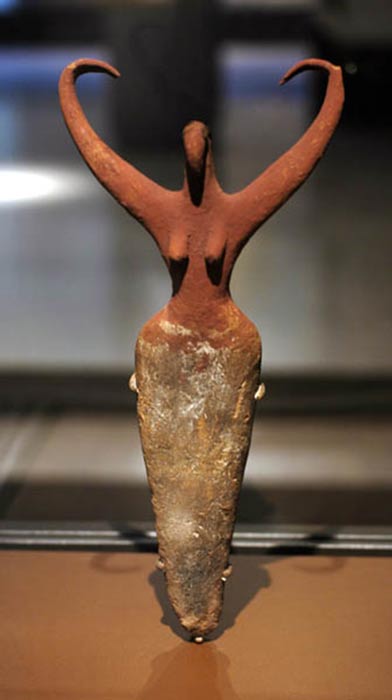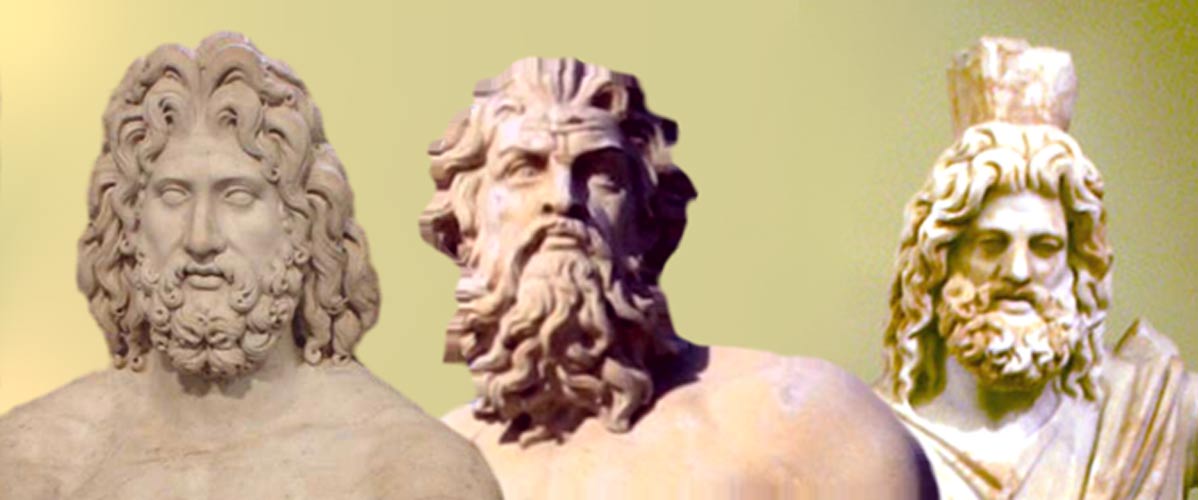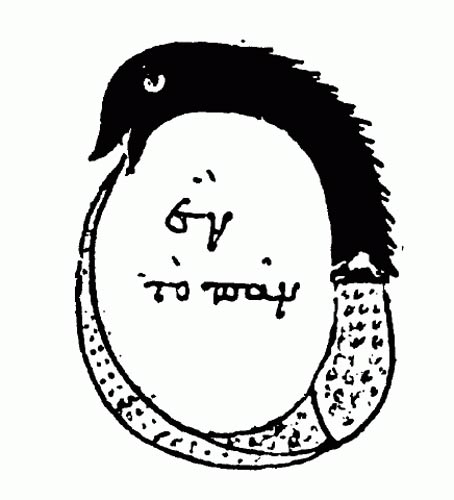
The Bird and the Serpent: From the Neolithic Goddesses to Ancient Chinese Symbols of Nobility and Benevolence
Victorian art critic, John Ruskin, in his book Proserpina, calls himself “the gentle and happy scholar of flowers”. A large part of his work is an attempt to connect nature, art and society. To prove this, he attempted to show that species can and do symbolize the ethical qualities of mankind, representing man’s states of good and evil, as well as the timeless human belief of destruction or redemption. The bird and the serpent are Ruskin's major examples of these associations. As the bird is the symbol of the spirit of life, the serpent is the symbol of the sting of death.
With this intriguing interpretation, Ruskin reintroduced a very wide-spread ancient belief. The association of the bird and the serpent to life and death goes back to the Neolithic period—the last part of the stone age, later represented by ancient Greek’s Medusa, all the way to ancient China where the two animals are revered as embodiments of power and nobility, and thus associated with the emperor and the empress.
The Neolithic Bird and Serpent Goddesses
From the Neolithic period, there are figurines which represent hybrids of bird-woman, serpent-woman, and even bird-serpent-woman. As goddesses with bird and snake iconography appear in early historic religions, such as those of Egypt and Mesopotamia, scholars have theorized that the figurines represent powerful divine female figures in the Neolithic cultures of Europe and the Near East. The ancient figurines from the Cyclades and Anatolia may symbolize death, but a pregnant Cycladic figure demonstrates that the Goddess was associated with regeneration as well as death. The bird-serpent Goddess represents birth, death, and rebirth.

Naganda "Bird Lady", Egyptian Predynastic Naganda IIa c. 3500-3400 BCE. Brooklyn Museum. (Public Domain)
As with symbols they represent, the realms of the bird and the serpent cover all of the worlds. Birds mostly fly to the heavens although some also occupy the waters. Although snakes live on the earth, as well as “below” the earth (the underworld), water snakes occupy the waters. The bird and the serpent, therefore, occupy the domains of the ancient Greek’s divine triad of Zeus (heaven), Poseidon (water) and Hades (underworld).

Greek Trinity: Zeus, Poseidon and Hades -- gods of heavens, sea, and underworld. (CC BY-SA 3.0)
As they are oviparous and lay eggs, the bird and the serpent embody depictions of birth; and as birds molt and snakes shed their skin, they also represent regeneration. In Neolithic Europe, death and rebirth were tied together in the tomb which served as a ritual place for rebirth as well as representing a mother’s womb. In Sumerian mythology, as the process of death is believed to lead to regeneration, she who presided over death also presided over rebirth.





